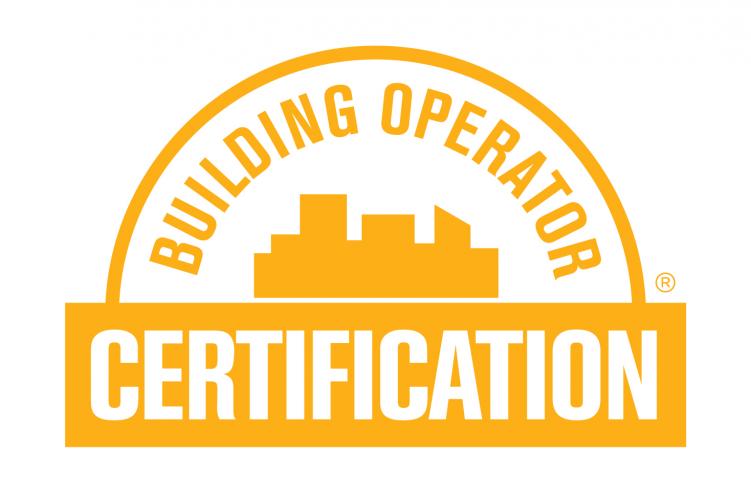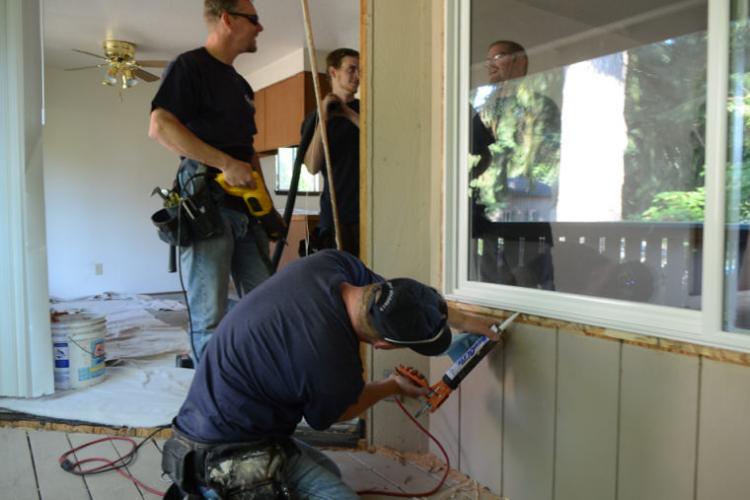Exploring Midwest Industrial Energy Efficiency: Overcoming Obstacles & Forging the Path Towards Decarbonization
In the Midwest, reducing and decarbonizing energy use in the residential and commercial sectors will be vital for navigating the energy transition, and many of our states and utilities are taking steps in the right direction. However, this progress makes it easy to overlook another, lagging sector in the Midwest: the industrial sector.








